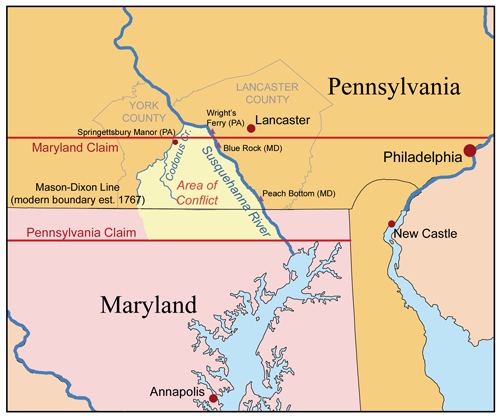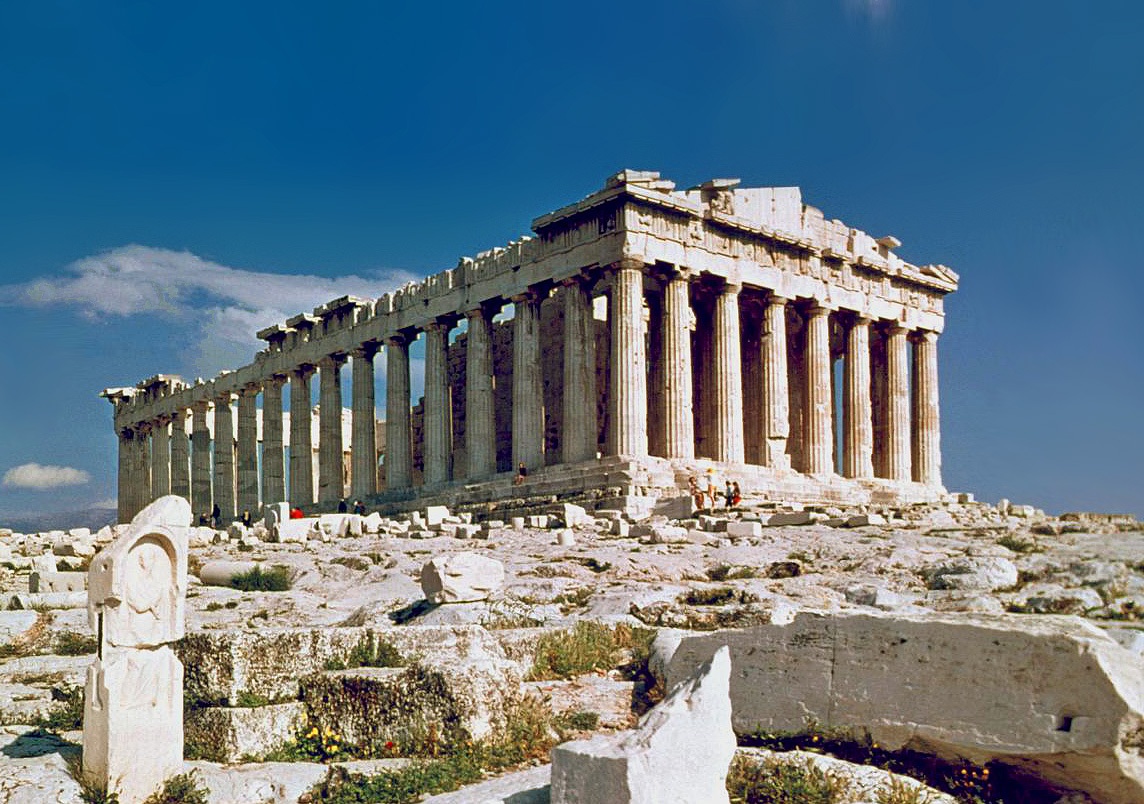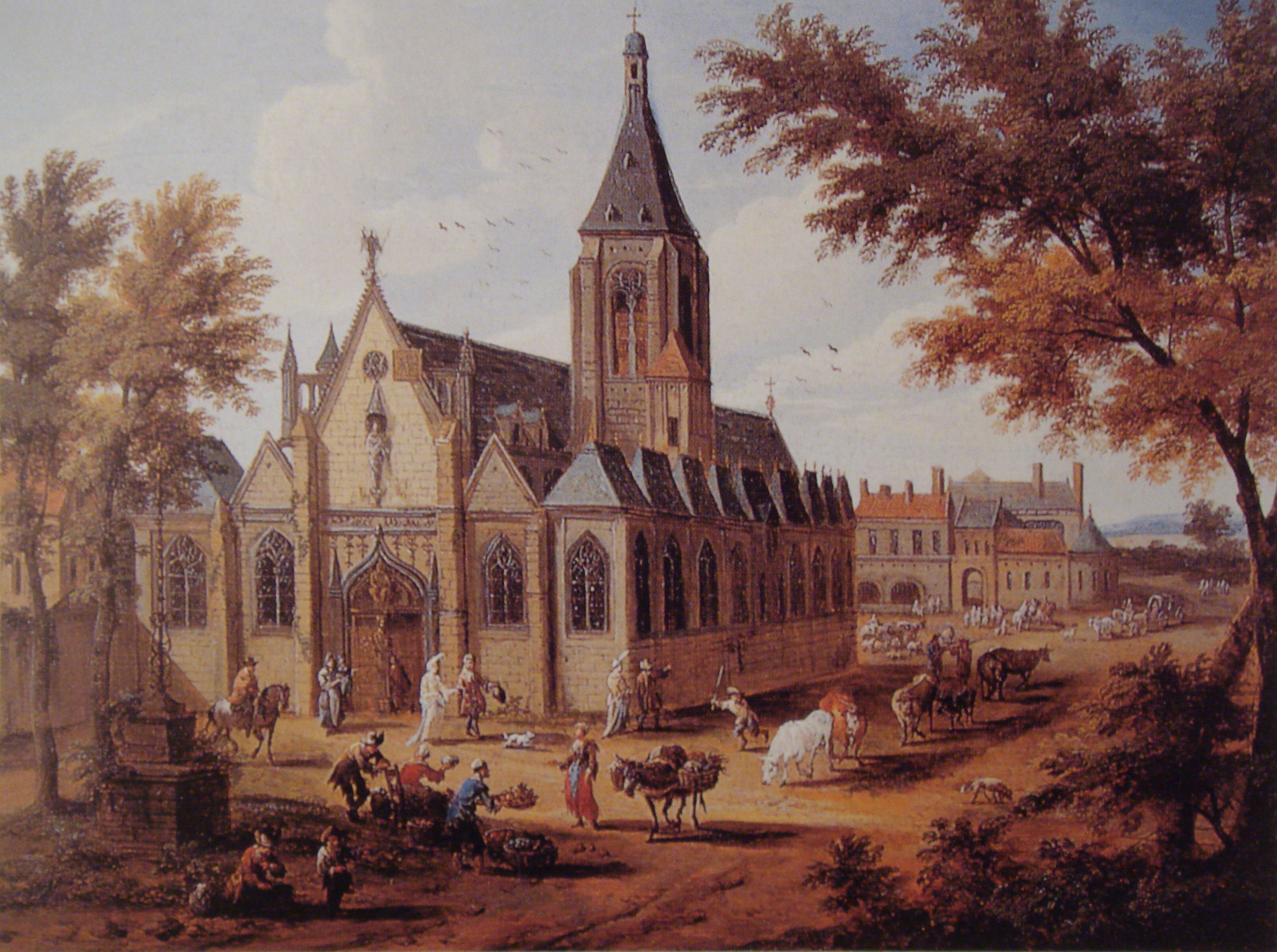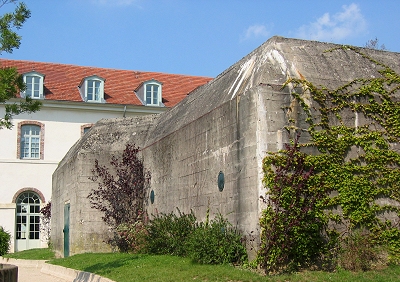|
Lucius Cary, 6th Viscount Falkland
Lucius Henry Cary, 6th Viscount Falkland (27 August 1687 – 31 December 1730) was a Scottish peer and Jacobite. Biography Cary was the son of Edward Cary (1656–1692), of Caldicot, Monmouthshire, and his wife Anne, the eldest daughter of Charles Lucas, 2nd Baron Lucas. In 1694, he succeeded as Viscount Falkland upon the death of his second cousin, Anthony Cary, 5th Viscount Falkland. Early in life, his guardian sued on his behalf to obtain the estate of Stanwell, Middlesex. Upon the death of Falkland's first cousin once removed, John Cary, in 1686, he had left that estate in trust to his great-niece, Elizabeth Willoughby, provided that she would marry Lord Guilford within three years of his death; the inheritance was otherwise to go to the 5th Viscount and his heirs, then to Edward Cary and his heirs. Elizabeth's trustees came to an agreement with Falkland and Edward Cary to allow her to enjoy the estate for life, notwithstanding her failure to marry Lord Guilford, and sh ... [...More Info...] [...Related Items...] OR: [Wikipedia] [Google] [Baidu] |
Lucius Charles Cary, 7th Viscount Falkland
Lucius Charles Cary, 7th Viscount Falkland (c. 1707 – 27 February 1785) was a Scottish peer. Biography Cary was the son of Lucius Cary, 6th Viscount Falkland and his first wife, Dorothy. He succeeded to the peerage in 1730 when his father, a loyal Jacobitism, Jacobite (and an earl in the Jacobite peerage) died in Paris. On 6 April 1734, Falkland married Jane, Viscountess Villiers (d. December 1751), the daughter of Richard Butler and widow of his first cousin, James, Viscount Villiers. They had one son and five daughters: *Lucius Cary (British Army officer), Lucius Cary, Master of Falkland (1735–1780) *Hon. Jane Cary (1736–1808) *Hon. Mary Elizabeth Cary (1738 – 1 October 1783), married Rev. John Law (priest), John Law (d. 1827) *Hon. Frances Dorothy Cary (d. 1761), married William Plumer (1736–1822), William Plumer on 12 July 1760 *Hon. Mary Cary *Hon. Charlotte Cary, married Anthony Chapman On 10 October 1752, Falkland married Sarah Howard, Countess of Suffolk, Sarah ... [...More Info...] [...Related Items...] OR: [Wikipedia] [Google] [Baidu] |
Arthur Dillon, Count Dillon
Arthur Dillon, Count Dillon (1670–1733) was a Jacobite soldier from Ireland who served as colonel of Dillon's Regiment in the Irish Brigade in French service. He fought in the Nine Years' War and in the War of the Spanish Succession where he excelled at the Battle of Cremona against Prince Eugene of Savoy. Birth and origins Arthur was born in 1670 in County Roscommon, Ireland, probably at Kilmore, his parents' habitual residence. He was the third son of Theobald Dillon and his wife Mary Talbot. His father was the 7th Viscount Dillon of Costello-Gallen and supported James II in the Williamite war in Ireland. His father's family was descended from Anglo-Norman settlers in Ireland and descended from Sir Henry De lion (a name that became Dillon in later generations), who came to Ireland with Prince John in 1185. Henry's mother was a daughter of Sir Henry Talbot of Templeogue and his wife Margaret Talbot, who was a sister of Richard Talbot, 1 ... [...More Info...] [...Related Items...] OR: [Wikipedia] [Google] [Baidu] |
Earls In The Jacobite Peerage
Earl () is a rank of the nobility in the United Kingdom. In modern Britain, an earl is a member of the peerage, ranking below a marquess and above a viscount. A feminine form of ''earl'' never developed; instead, ''countess'' is used. The title originates in the Old English word , meaning "a man of noble birth or rank". The word is cognate with the Scandinavian form '' jarl''. After the Norman Conquest, it became the equivalent of the continental count. In Scotland, it assimilated the concept of mormaer. Since the 1960s, earldoms have typically been created only for members of the royal family. The last non-royal earldom, Earl of Stockton, was created in 1984 for Harold Macmillan, prime minister from 1957 to 1963. Alternative names for the rank equivalent to "earl" or "count" in the nobility structure are used in other countries, such as the '' hakushaku'' (伯爵) of the post-restoration Japanese Imperial era. Etymology In the 7th century, the common Old English terms for ... [...More Info...] [...Related Items...] OR: [Wikipedia] [Google] [Baidu] |
17th-century Scottish Peers
The 17th century lasted from January 1, 1601 (represented by the Roman numerals MDCI), to December 31, 1700 (MDCC). It falls into the early modern period of Europe and in that continent (whose impact on the world was increasing) was characterized by the Baroque cultural movement, the latter part of the Spanish Golden Age, the Dutch Golden Age, the French ''Grand Siècle'' dominated by Louis XIV, the Scientific Revolution, the world's first public company and megacorporation known as the Dutch East India Company, and according to some historians, the General Crisis. From the mid-17th century, European politics were increasingly dominated by the Kingdom of France of Louis XIV, where royal power was solidified domestically in the civil war of the Fronde. The semi-feudal territorial French nobility was weakened and subjugated to the power of an absolute monarchy through the reinvention of the Palace of Versailles from a hunting lodge to a gilded prison, in which a greatly expanded r ... [...More Info...] [...Related Items...] OR: [Wikipedia] [Google] [Baidu] |
1730 Deaths
Events January–March * January 30 (January 19 O.S.) – At dawn, Emperor Peter II of Russia dies of smallpox, aged 14 in Moscow, on the eve of his projected marriage. * February 26 (February 15 O.S.) – Anna of Russia (Anna Ioannovna) becomes reigning Empress of Russia following the death of her cousin Emperor Peter II. * February 28 – Vitus Bering returns to the Russian capital of Saint Petersburg after completing the First Kamchatka expedition. * March 5 – The 1730 papal conclave to elect a new Pope for the Roman Catholic church begins with 30 Cardinals, 12 days after the death of Pope Benedict XIII. By the time his successor is elected on July 12, there are 56 Cardinals. * March 9 – General Nader Khan of Persia opens the first campaign of the Ottoman–Persian War (1730–1735), guiding the Persian Army from Shiraz and starting the Western Persia Campaign against the Ottoman Empire. * March 12 – John Glas is deposed ... [...More Info...] [...Related Items...] OR: [Wikipedia] [Google] [Baidu] |
1687 Births
Events January–March * January 3 – With the end of latest of the Savoyard–Waldensian wars in the Duchy of Savoy between the Savoyard government and Protestant Italians known as the Waldensians, Victor Amadeus III, Duke of Savoy, carries out the release of 3,847 surviving prisoners and their families, who had forcibly been converted to Catholicism, and permits the group to emigrate to Switzerland. * January 8 – Richard Talbot, 1st Earl of Tyrconnell, is appointed as the last Lord Deputy of Ireland by the English crown, and begins efforts to include more Roman Catholic Irishmen in the administration. Upon the removal of King James II in England and Scotland, the Earl of Tyrconnell loses his job and is replaced by James, who reigns briefly as King of Ireland until William III establishes his rule over the isle. * January 27 – In one of the most sensational cases in England in the 17th century, midwife Mary Hobry murders her abusive husband, De ... [...More Info...] [...Related Items...] OR: [Wikipedia] [Google] [Baidu] |
Jacobite Peerage
The Jacobite peerage includes those peerages created by James II and VII, and the subsequent Jacobite pretenders, after James's deposition from the thrones of England, Scotland and Ireland following the Glorious Revolution of 1688. These creations were not recognised in English, Scots or Irish law, but the titles were used in Jacobite circles in Continental Europe and recognised by France, Spain and the Papacy. Jacobite peerages ceased to be created after 1760 except for a title created by the "Young Pretender", Prince Charles Edward Stuart, for his illegitimate daughter in or before 1783. The following tables list the peerages and baronetcies created by the Stuart claimants in exile. Sources An authoritative list of the Jacobite peerage does not exist. The standard source relied on is ''The Jacobite Peerage, Baronetage, Knightage and Grants of Honour'' published in 1904 by Melville Henry Massue, who called himself 'Marquis de Ruvigny et Raineval'. However, as a source, it is ... [...More Info...] [...Related Items...] OR: [Wikipedia] [Google] [Baidu] |
Earl Of Falkland
Earl () is a rank of the nobility in the United Kingdom. In modern Britain, an earl is a member of the peerage, ranking below a marquess and above a viscount. A feminine form of ''earl'' never developed; instead, ''countess'' is used. The title originates in the Old English word , meaning "a man of noble birth or rank". The word is cognate with the Scandinavian form ''jarl''. After the Norman Conquest, it became the equivalent of the continental count. In Scotland, it assimilated the concept of mormaer. Since the 1960s, earldoms have typically been created only for members of the royal family. The last non-royal earldom, Earl of Stockton, was created in 1984 for Harold Macmillan, prime minister from 1957 to 1963. Alternative names for the rank equivalent to "earl" or "count" in the nobility structure are used in other countries, such as the ''hakushaku'' (伯爵) of the post-restoration Japanese Imperial era. Etymology In the 7th century, the common Old English terms for no ... [...More Info...] [...Related Items...] OR: [Wikipedia] [Google] [Baidu] |
Lucius Cary, 7th Viscount Falkland
Lucius Charles Cary, 7th Viscount Falkland (c. 1707 – 27 February 1785) was a Scottish peer. Biography Cary was the son of Lucius Cary, 6th Viscount Falkland and his first wife, Dorothy. He succeeded to the peerage in 1730 when his father, a loyal Jacobite (and an earl in the Jacobite peerage) died in Paris. On 6 April 1734, Falkland married Jane, Viscountess Villiers (d. December 1751), the daughter of Richard Butler and widow of his first cousin, James, Viscount Villiers. They had one son and five daughters: * Lucius Cary, Master of Falkland (1735–1780) *Hon. Jane Cary (1736–1808) *Hon. Mary Elizabeth Cary (1738 – 1 October 1783), married Rev. John Law (d. 1827) *Hon. Frances Dorothy Cary (d. 1761), married William Plumer William Plumer (June 25, 1759December 22, 1850) was an American lawyer, Baptist lay preacher, and politician from Epping, New Hampshire. He is most notable for his service as a Federalist in the United States Senate (1802–1807), and the sevent . ... [...More Info...] [...Related Items...] OR: [Wikipedia] [Google] [Baidu] |
Church Of Saint-Sulpice, Paris
The Church of Saint-Sulpice () is a Catholic church in Paris, France, on the east side of Place Saint-Sulpice, in the 6th arrondissement. Only slightly smaller than Notre-Dame and Saint-Eustache, it is the third largest church in the city. It is dedicated to Sulpitius the Pious. Construction of the present building, the second on the site, began in 1646. During the 18th century, an elaborate gnomon, the Gnomon of Saint-Sulpice, was constructed in the church. Saint-Sulpice is also known for its Great Organ, one of the most significant organs in the world. History The present church is the second building on the site, erected over a Romanesque church originally constructed during the 13th century. Additions were made over the centuries, up to 1631. The new building was founded in 1646 by parish priest Jean-Jacques Olier (1608–1657) who had established the Society of Saint-Sulpice, a clerical congregation, and a seminary attached to the church. Anne of Austria laid the ... [...More Info...] [...Related Items...] OR: [Wikipedia] [Google] [Baidu] |
Saint-Germain-en-Laye
Saint-Germain-en-Laye () is a Communes of France, commune in the Yvelines Departments of France, department in the Île-de-France in north-central France. It is located in the western suburbs of Paris, from the Kilometre Zero, centre of Paris. Inhabitants are called ''Saint-Germanois'' or ''Saint-Germinois''. With its elegant tree-lined streets it is one of the more affluent suburbs of Paris, combining both high-end leisure spots and exclusive residential neighborhoods (see the Golden Triangle of the Yvelines). Saint-Germain-en-Laye is a Subprefectures in France, sub-prefecture of the department. Because it includes the Forest of Saint-Germain-en-Laye, National Forest of Saint-Germain-en-Laye, it covers approximately , making it the largest commune in the Yvelines. It occupies a large loop of the Seine. Saint-Germain-en-Laye lies at one of the western termini of RER A, Line A of the Réseau Express Régional, RER. History Saint-Germain-en-Laye was founded in 1020 when King ... [...More Info...] [...Related Items...] OR: [Wikipedia] [Google] [Baidu] |
Pietro Giannone
Pietro Giannone (7 May 1676 – 17 March 1748) was an Italian philosopher, historian and jurist born in Ischitella, in the province of Foggia. He opposed the papal influence in Naples, for which he was excommunicated and imprisoned for twelve years until his death. Early life Arriving in Naples at the age of eighteen, he devoted himself to the study of law, but his legal pursuits were much surpassed in importance by his literary works. He devoted twenty years to the composition of his great work, the ''Storia civile del regno di Napoli'' (''History of the Kingdom of Naples''), ultimately published in 1723. In his account of the rise and progress of the Neapolitan laws and government, he warmly espoused the side of the civil power in its conflicts with the Roman Catholic hierarchy. Conflict with the Church Giannone was the first to deal systematically with the question of Church and State, and the position taken by him, and the manner in which that position was assumed, gave r ... [...More Info...] [...Related Items...] OR: [Wikipedia] [Google] [Baidu] |





